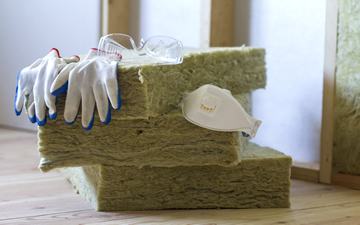
INSULATION & VAPOR RETARDERS
We are expected to inspect the insulation and vapor retarders in unfinished spaces. Any exposed insulation in finished spaces should also be inspected. Our approach is to inspect any of the insulation and vapor retarder system we can when we are solicited to work on Insulation.
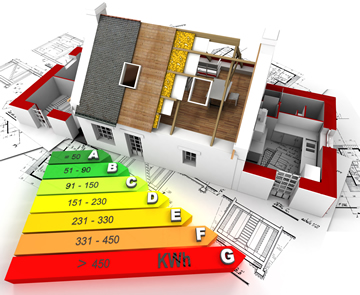
WE ARE EXPERT IN INSULATION
We apply may type of material: Loose fill, Batts or blankets, Rigid boards, Sprayed Foam Insulation including polyurethane and polyisocyanate….
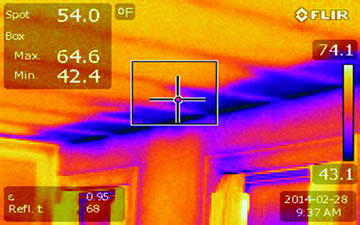
THERMAL IMAGING ANALYSIS
We use our Higher resolution 320 x 240 IR infrared thermal Imaging for heat loss spots and leakage areas. With hight emissivity value of 0.95 our Thermal imaging camera becomes our powerful and non-invasive means of monitoring and diagnosing...
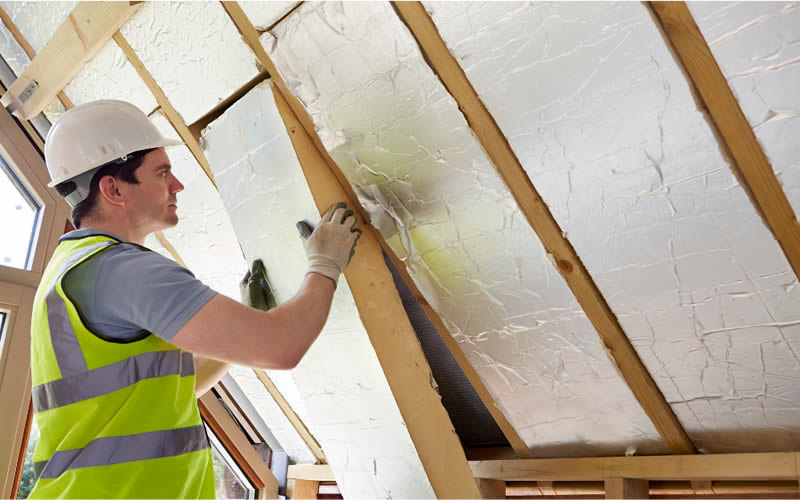
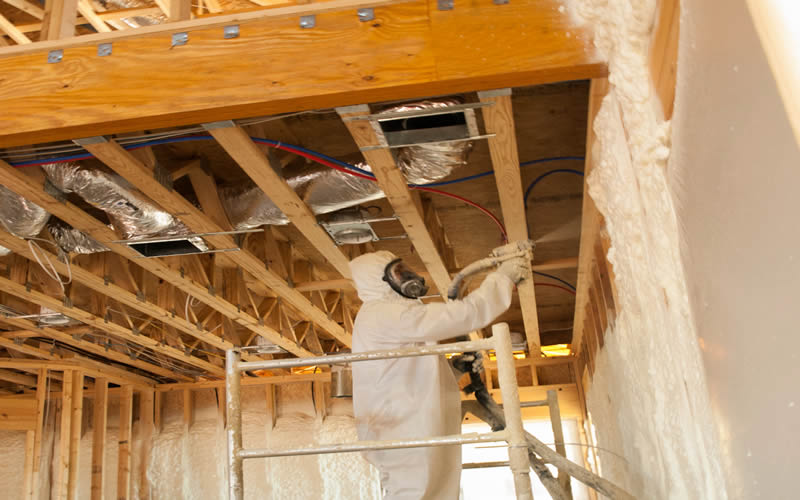
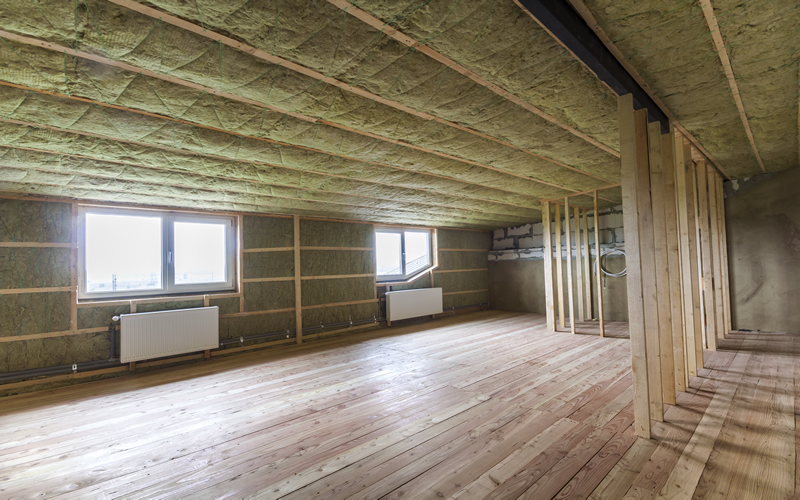
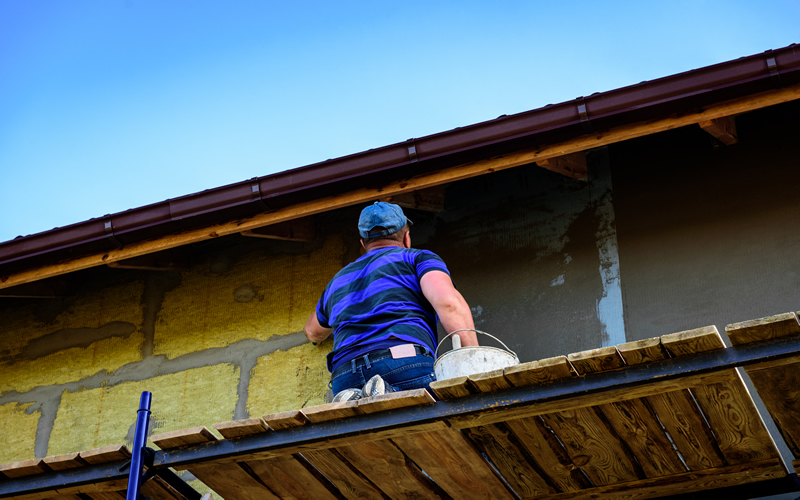
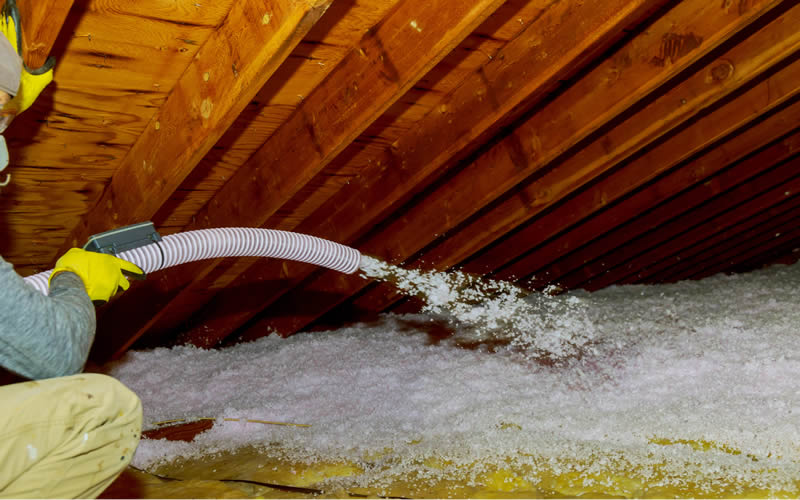
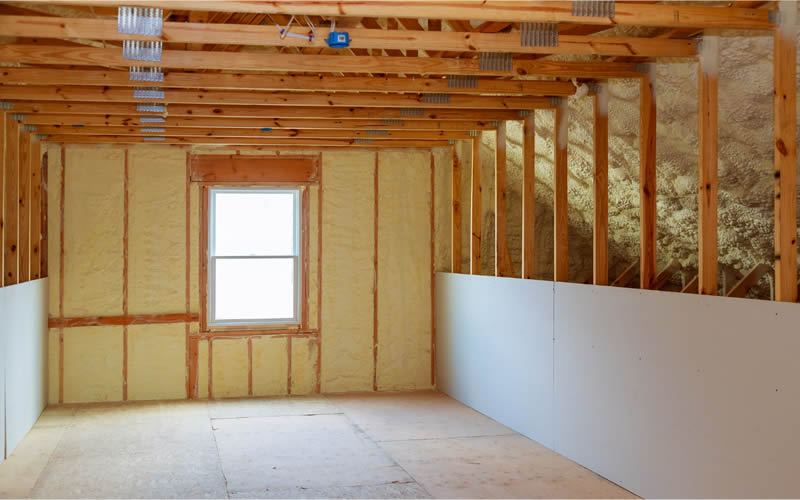

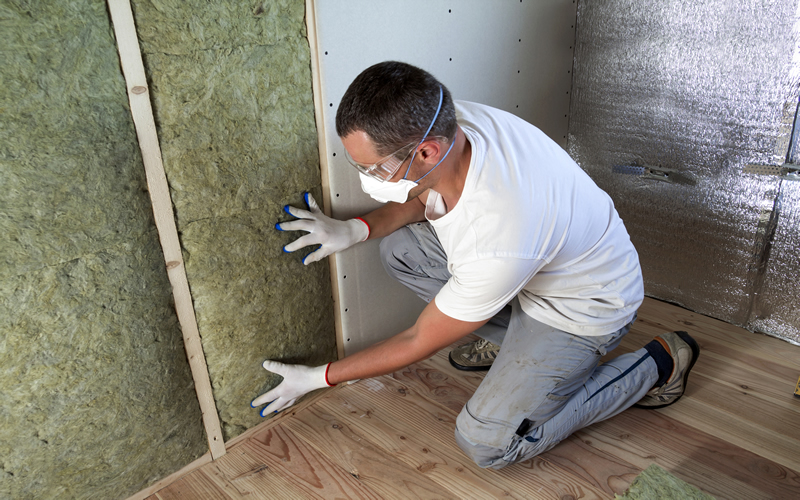
INSULATION SERVICE IN WINNIPEG
The primary function of insulation is to control heat loss. Brick, for example, has some ability to control heat loss, but that is not its primary function. Fiberglass batts are primarily designed to control heat loss, so they are insulation.
INSULATION SERVICE
Insulation and Vapor Retarders : We are expected to inspect the insulation and vapor retarders in unfinished spaces. Any exposed insulation in finished spaces should also be inspected. Our approach is to inspect any of the insulation and vapor retarder system we can when we are solicited to work on Insulation.
What Is Insulation? : The primary function of insulation is to control heat loss. Brick, for example, has some ability to control heat loss, but that is not its primary function. Fiberglass batts are primarily designed to control heat.
Insulation Doesn't Stop Heat : We should emphasize again that insulation only slows the movement of heat. It does not stop it altogether. We should also remind ourselves that it really isn't the insulation material that stops most of the heat. The trapped air pockets within the insulation do most of the work. The solid material of the insulation does reduce direct radiation. Conduction and convection are controlled by the still air.
How Much Insulation Is Enough? : The numbers in the diagram are common insulation levels in new construction. The ranges reflect various climate zones. More insulation is used in colder climates. The R-value indicates resistance to heat transfer the higher the R value, the better
Different insulation materials have different R-values per inch of thickness. Even the same type of insulation can have a different R-value, depending on its form. Fiberglass insulation, for example, has a higher R-value in batt form than in loose fill form.
FORMS OF INSULATION : Our Insulation typically takes one of four forms:
1. Loose fill. Loose fill, which can be blown or poured, is common in roofs and walls. Materials such as cellulose fiber, glass fiber, mineral wool.
2. Batts or blankets. Fiberglass and mineral wool commonly come in batts or blankets. Batts are typically 12 to 24 inches wide and fit between ceiling joists, rafters and wall studs. Blankets can be up to six feet wide and are typically laid over ceiling joists.
3. Rigid boards. Rigid board insulation can be fit between studs or on the outer face of studs, replacing exterior sheathing. Common board insulations include fiberglass, expanded polystyrene, extruded polystyrene, polyurethane and polyisocyanurate. These materials are often faced with housewrap-type products, kraft paper, asphalt- impregnated kraft paper or aluminum foil. Some of these materials have very high R-values.
4. Sprayed Foam Insulation. include polyurethane and polyisocyanate.
Liquid foam insulation materials can be sprayed, foamed in place, injected, or poured. Foam-in-place insulation can be blown into walls, on attic surfaces, or under floors to insulate and reduce air leakage. Some installations can yield a higher R-value than traditional batt insulation for the same thickness, and can fill in even the smallest cavities, creating an effective air barrier. Reaching the maximum thermal performance or R-value of a particular type of insulation is very dependent on proper installation. Homeowners can install some types of insulation themselves -- notably blankets and materials that can be poured in place.. Other types require professional installation. (Liquid foam insulation materials can be poured, but still require professional installation.)
When hiring a professional certified installer :
- Obtain written cost estimates from several contractors for the R-value you need, and don't be surprised if quoted prices for a given R-value installation vary by more than a factor of two.
- Ask contractors about their air-sealing services and costs as well, because it’s a good idea to seal air leaks before installing insulation.
We provide the complete solution and do :
1.WALL INSULATION
2.FLOOR INSULATION
3.ROOF INSULATION
Insulation amount – too little
Many older homes will not have as much insulation as is currently recommended. You’ll need to know the recommendations for new construction in your area as a benchmark. In some areas, the recommended insulation levels are higher if you have electric heat (because it’s more expensive). If this is the case, you should be aware of these requirements and the heating type before you evaluate the insulation.
Cause : Inadequate insulation levels are an original construction issue.
Implications : The obvious implication of inadequate insulation is heat loss. In areas where snow accumulation and ice dams are an issue, low attic insulation levels promote ice dams.
Strategy : To determine the R-value of the attic insulation, you’ll need to identify the insulation material and check its R-value per inch. You’ll then need to measure the average depth of insulation in the attic. For example, if there are four inches of mineral wool insulation, the R-value will be 13 (3.2 x 4). If the recommended attic insulation level is R-25, we have only roughly half the insulation level that would be ideal. We would recommend that a client make this improvement, although we would not rank it as a priority measure.
Improvement Rather Than Repair
Clients should understand that adding insulation to an attic is an improvement, rather than a repair. The home has survived with the existing insulation level to this point and would continue to be habitable if no improvements were made. Increased attic insulation will reduce heating costs and may help prevent ice dams. The house may be more comfortable as a result.
Inadequate Ventilation
Higher insulation levels without adequate attic ventilation may result in rot. When insulation levels were low, ventilation was not so important because the attic was relatively warm and moisture didn’t condense quickly. With improved insulation and a colder attic, it’s more important to flush the warm, moist air out quickly.
Adding Insulation Can Reduce Ventilation : The careless addition of attic insulation can obstruct soffit vents and dramatically reduce the attic ventilation. This is likely to result in moisture damage.
Insulation And Air/Vapor Barriers : Insulation and air/vapor barriers are more important in cold climates than warm climates, although they are found in most areas. The insulation can be between the studs in a wood frame wall, or it can be mounted on either side of the wall structure behind exterior or interior finishes.
The amounts of insulation installed vary depending on the climate, local building requirements and the builder's or homeowners commitment to energy conservation and low energy costs. Again, we don't get to see much of the insulation or air/vapor barrier. Many older homes have no insulation or air/vapor barrier in the walls.
The insulation is often adhered directly to the plywood or OSB sheathing. Mechanical fasteners include corrosion-resistant screws and large plastic washers which hold the insulation in place. The washers have to sit flush with the exterior surface of the insulation and the screw heads must be recessed. Problems have been identified with early systems which used conventional flat washers and screw heads that sat proud. Stucco would tend to pop off around the insulation screws.
CUSTOMER SERVICE
We genuinely care about our customers and the relationships we build with tem from the first call and we always value their trust.
That's why we have a process in place that puts our customers in control by giving them all the information they need
We have put a system in place where we provide our customers with the information they need and help them make informed decisions about their investment.
We also have a feedback system where our customers can share their experience and help people what they expect when they hire our company and work with us, this feedback system also helps us evaluate their satisfaction and keep it always at its highest level.
